Looking for your Halloween horror fix but don’t want to waste money on Ouija? Check out this list from TIME’s Richard Corliss on the Top 25 horror movies.
Arrival of a Train at La Ciotat
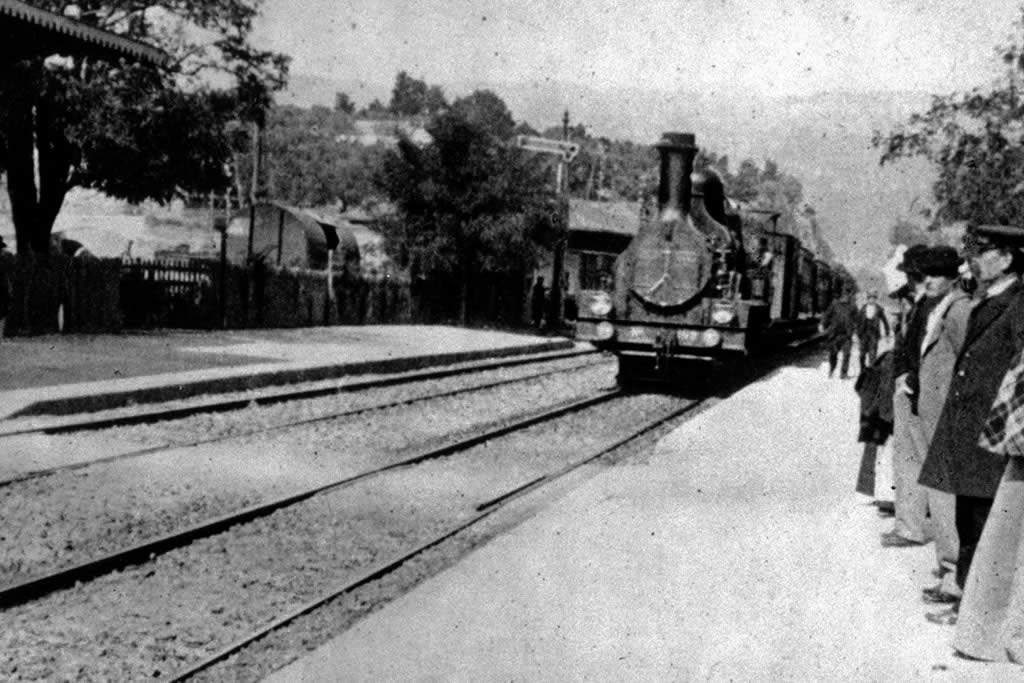
The brothers Auguste and Louis Lumière created the first publicly shown movies, the first documentaries and, with this one-shot, 50-sec. movie filmed at a Provence railway station, the first horror picture. It is said that as the Paris spectators watched the train chug toward the screen, they believed it was about to crash out of the frame and into the auditorium, and ran out screaming. True or not, the story indicates the power the medium would wield over its audience. The film can be seen on YouTube.
The Fly
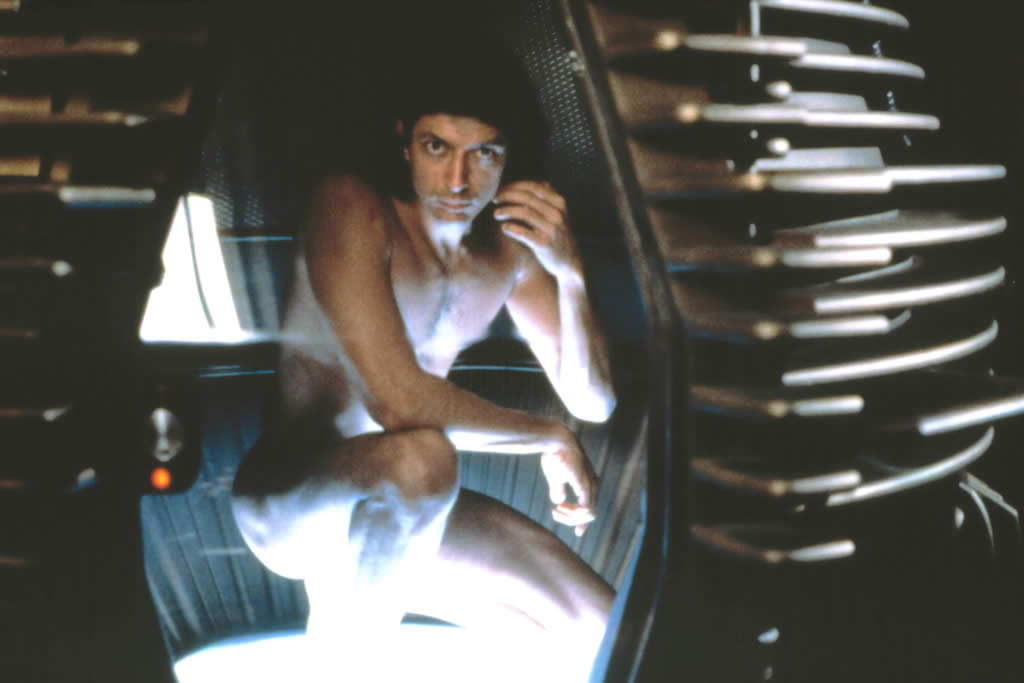
A scientific experiment goes wrong, and a man turns into a fly. This served as the recipe for an O.K. ’50s mutant movie. David Cronenberg’s remake went way beyond, and I don’t mean in its deliciously grotesque special effects. The film turned the malignancy of its misguided hero (Jeff Goldblum) into a metaphor for all degenerative diseases — cancer, AIDS, Alzheimer’s — and the effect it has on the victim. He fights it; he tries to outthink it; he monitors his deterioration, with irony, then anger. Because The Fly is about a man facing his own decay and hoping against hope to negotiate with the inevitable, it is the most human of all horror films.
The Exorcist
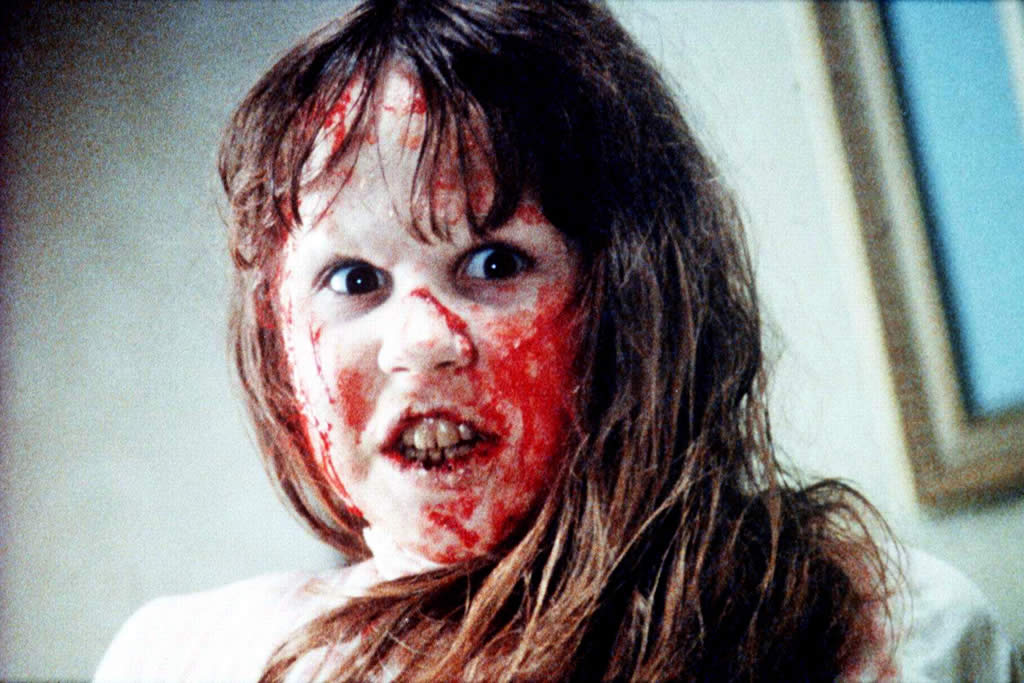
Poor Regan MacNeil (Linda Blair). The decent preteen has been infected by a demon that produces icky boils on her face, makes her head literally spin and uses a guttural voice to spit out curses we still can’t print on a family website (one was rendered in a skit in the first season of Saturday Night Live as “Your mother sews socks that smell!”). Her hope is an exorcist, back in the day when Catholic priests were known for taking bad things out of children, not the other way around. In a decade of A-list horror movies, this one from William Friedkin was honored with 10 Oscar nominations, and won for William Peter Blatty’s script. But it’s better than that: a haunted-soul story with magnificent makeup effects by the legendary Dick Smith (Little Big Man, The Godfather, Taxi Driver, Scanners, etc.).
Night of the Living Dead

Can a film be as crazy as its monsters? That was the feeling when moviegoers first saw George A. Romero’s Pittsburgh-made zombie classic. Instead of the standard alternation of scare and dialogue scenes (to give the audience a break between shocks), here the walking dead just keep on coming, seemingly by the hundreds, to attack the increasingly hysterical humans holed up in a house by the cemetery. Romero also broke one of the few horror rules left: that children don’t eat their parents. After Night of the Living Dead, no social norm was safe.
Freaks
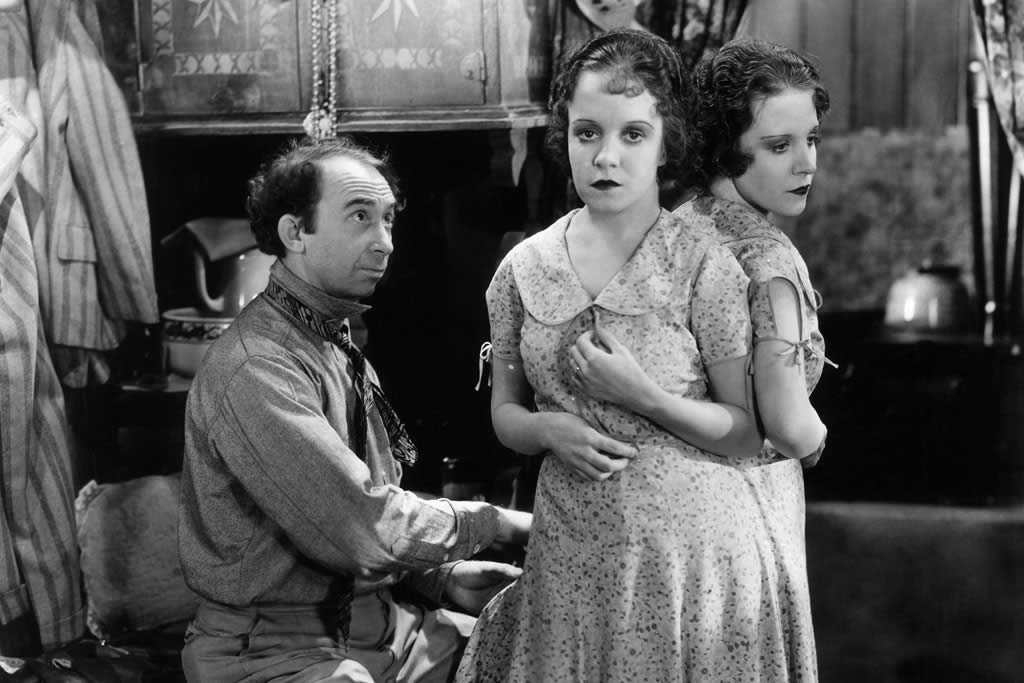
It wasn’t the story of careless love and an evil woman who gets a transformative comeuppance that terrified audiences. It was the use of actual human oddities: the Siamese twins, the “pinhead,” the armless, legless man and a whole sideshow of nature’s misfits. And they’re the heroes! Tod Browning had directed many films in the grotesque genre (including the Lugosi Dracula and 10 films with Lon Chaney), but this is the one that still raises shudders — not because its horrors are artful, but because they are real.
Blood Feast
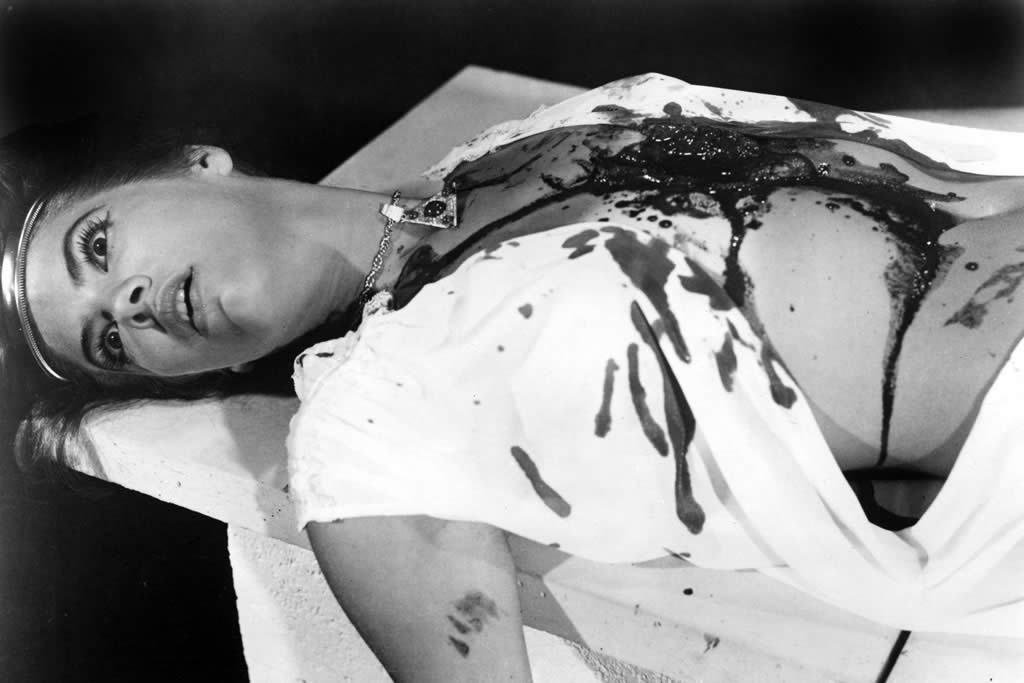
In Miami, a Middle Eastern caterer murders women and uses their body parts to re-create and revive an Egyptian goddess. On a nine-day shoot, and for about $20,000, director Herschell Gordon Lewis and producer David Friedman managed some pioneeringly gaudy special effects, notably a tongue-extraction sequence that had people going “Eww!” for maybe the first time ever in a movie theater. If you seek the fountainhead of gore movies, look here.
Carrie
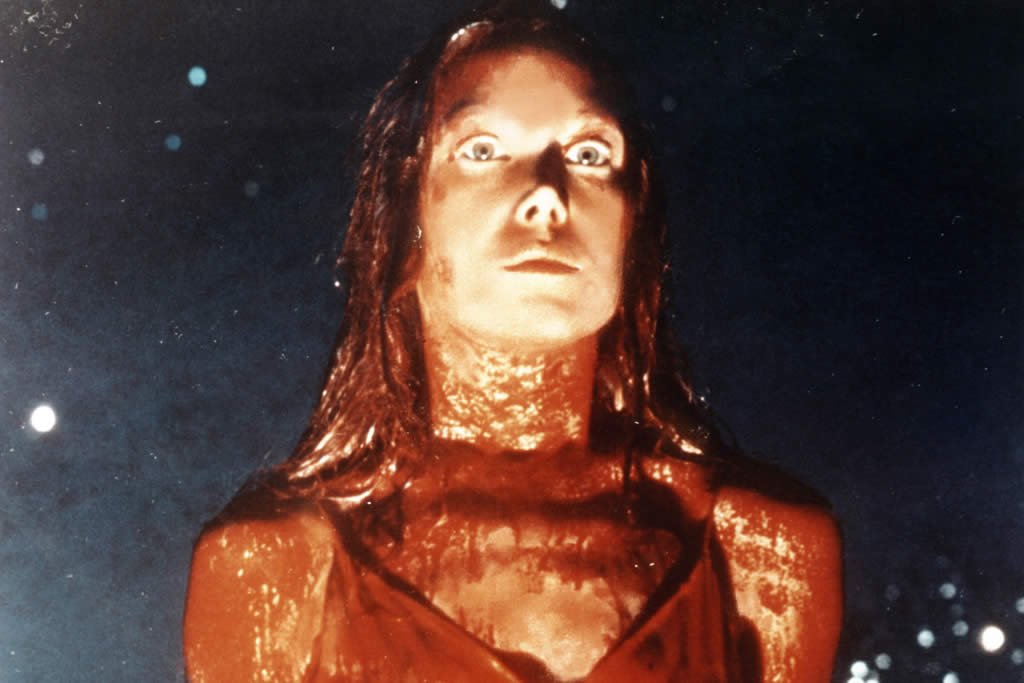
A lonely teenager (the distractingly attractive Sissy Spacek) discovers that she has telekinetic powers that put a dent in the senior prom. Brian De Palma turned Stephen King’s first novel into a menstrual apocalypse, and the last scene initiated the now mandatory trend of giving viewers a final scare to keep them shivering on the way home. We award honorable mention to three other adaptations of King stories: Stanley Kubrick’s 1980 The Shining (gorgeous, chilly and strenuously overacted to the director’s specifications), John Carpenter’s 1983 Christine (the car as object of love, fear and vengeance) and Mikael Håfström’s recent 1408 (which re-establishes the sense of dread as an accumulation of unsettling details).
Men Behind the Sun
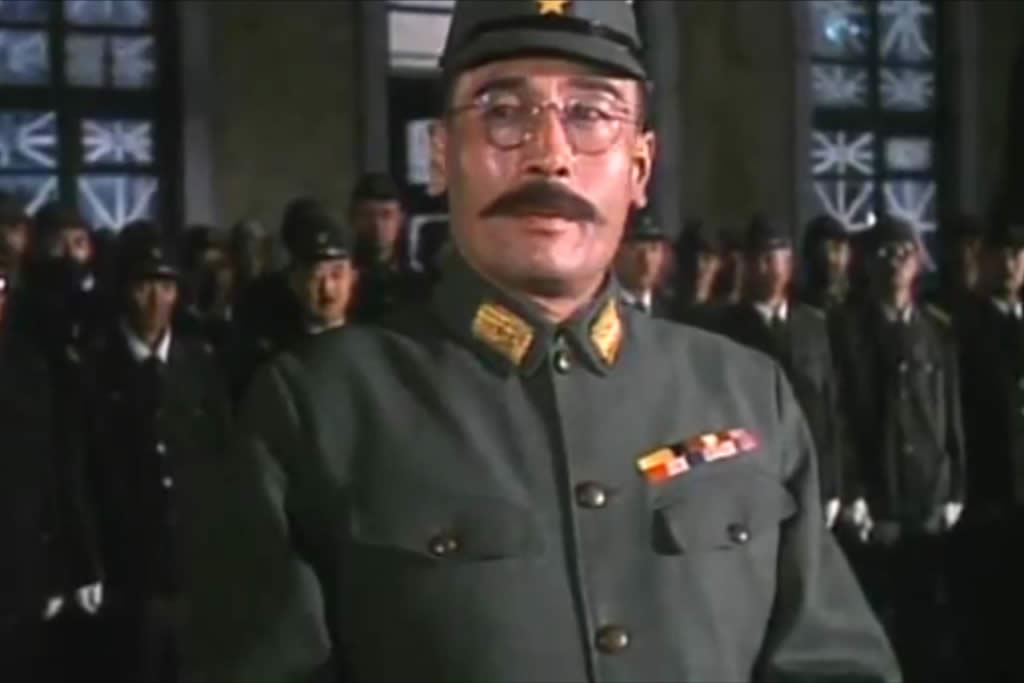
Most of the movies on this list are either semiofficial classics or sequel-spawning hits, and all but five are in some way American. Time for an Asian weirdie that is both obscure and, to those who’ve seen it or just heard about it, notorious. The Chinese-Taiwanese docudrama Men Behind the Sun, a.k.a. Squadron 731, details the sadistic experiments undertaken by Japanese physician Shiro Ishi during his country’s occupation of Manchuria. Director Mou Tun-fei, or T.F. Mou, parades the atrocities of a man whose intestines explode out of his anus (faked), a dead boy who is slit open to have his organs removed (supposedly using the corpse of a child who’d died the day before) and, most infamously, a cat that is eaten alive by hundreds of rats. You could say it’s instructive; supposedly there’s nothing shown that Ishi didn’t do. Or you could say this is splatter porn in its purest, most toxic form.
Paranormal Activity

With the Saw and Hostel franchises, horror films had said it all about torture porn. Now it was back to basics: “found footage” of a couple scared witless in a haunted house. Shot by writer-director Oren Peli in his home in a week for $15,000, Paranormal Activity earned nearly $200 million at the worldwide box office and cued its own popular annual series. But the movie’s real achievement is subtly cinematic: evoking screams with the opening of a door, the shadow on a wall, the sight of a woman standing mute and motionless for hours over her sleeping beau. Whether or not Satan is behind it all, this is an indelible, truly haunting image of domestic disturbance.
The Texas Chain Saw Massacre
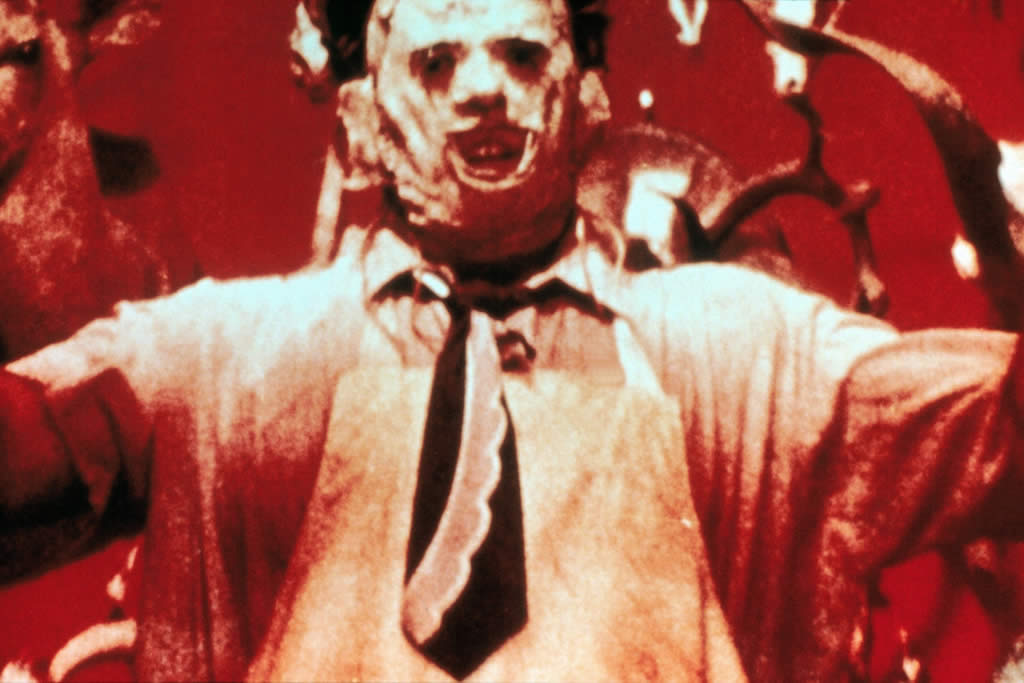
Five kids stumble into a remote house; four never come out. This familiar scenario got a salutary jolt in Tobe Hooper’s debut feature, which introduces the saw-wielding Leatherface and his equally psychopathic kin into popular mythology. Among all the period’s regional horror films (Blood Feast, Night of the Living Dead, Wes Craven’s Connecticut-made The Last House on the Left), this was the best-made, with a superbly controlled visual style and an electronic score that sounded like cries from Hell. Also the most remorseless. The film’s second half is virtually nonstop tension for the heroine (the expertly hysterical Marilyn Burns) and the audience: a long chase through the house and its brambly surroundings, a seeming respite that brings the girl back to meet the whole family, and a dinner scene where she’s meant to be the main course. If we must have gore-nography, let it be as artful as this.
Thirst
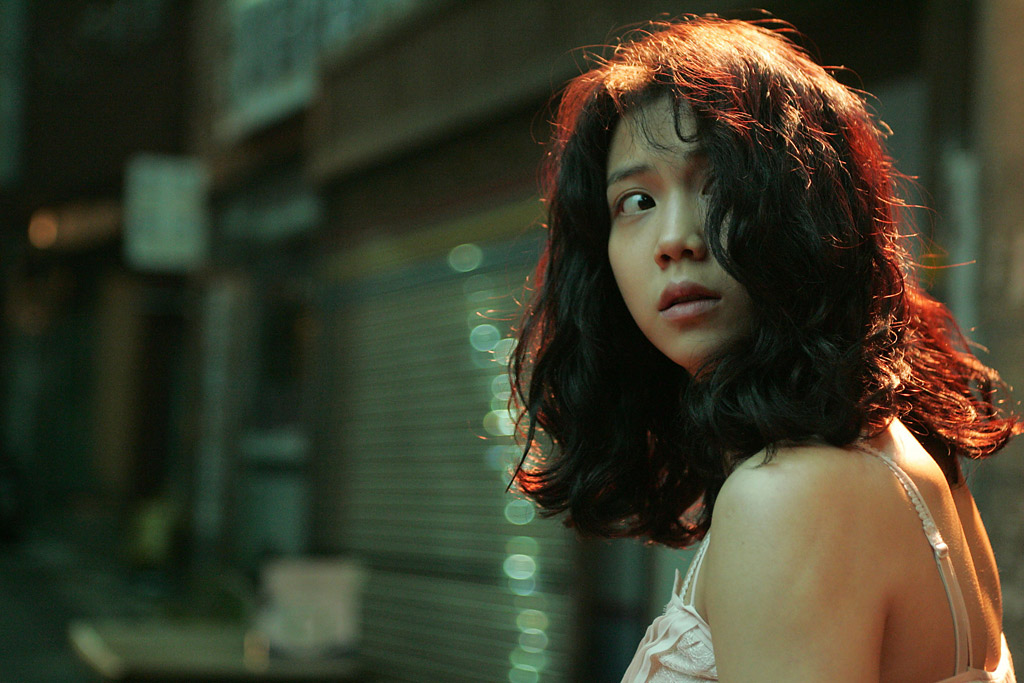
What’s that nice Korean priest doing in the hospital ward, sucking the blood from a patient’s IV bottle? He (Song Kang-ho) is the victim of a botched experiment that has turned him into a Seoul-stirring vampire. And Tae-jun (Kim Ok-bin), the nearly mute wife of the good Father’s childhood friend, is just the sexual partner for this virgin vampire. Their love proves to be both sacred and insane: sacra-mental. And the movie goes splendidly nuts with them. From director Park Chan-wook, best known to DVD connoisseurs for his Vengeance trilogy, comes a film that melds with the obsessions of its characters, strips the moorings from genre expectations and leaves viewers asking if the film has lost its mind or they have. This is a vampire movie that gets down to the essentials: ecstasy, pain and all the bodily fluids, especially blood. If you’re going to do a love story, make it a mad love story.
Braindead/Dead Alive
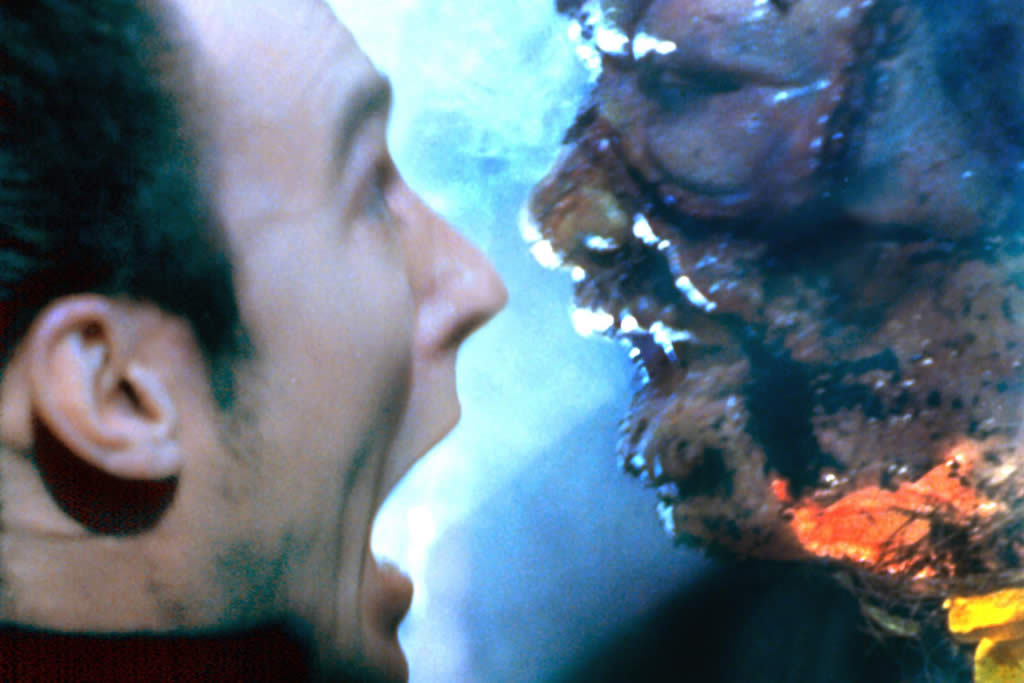
Long before he went legit with the Lord of the Rings trilogy, New Zealand’s Peter Jackson made his disreputation with grotty, no-budget horror comedies: Bad Taste (1987), about aliens seeking human flesh for their outer-space fast-food chain; Meet the Feelies, a sort of semiporno Muppet Show; and this plague movie. The infester is the Sumatran rat monkey, which, one local says, was crossbred when “these great big rats come scurryin’ off the slave ships and raped all the little tree monkeys.” The result is rambunctious fun about mother love, child abuse and organs that ain’t where they oughta be. If only that Jackson, and not the distinguished Tolkienian, had done the King Kong remake.
Jaws
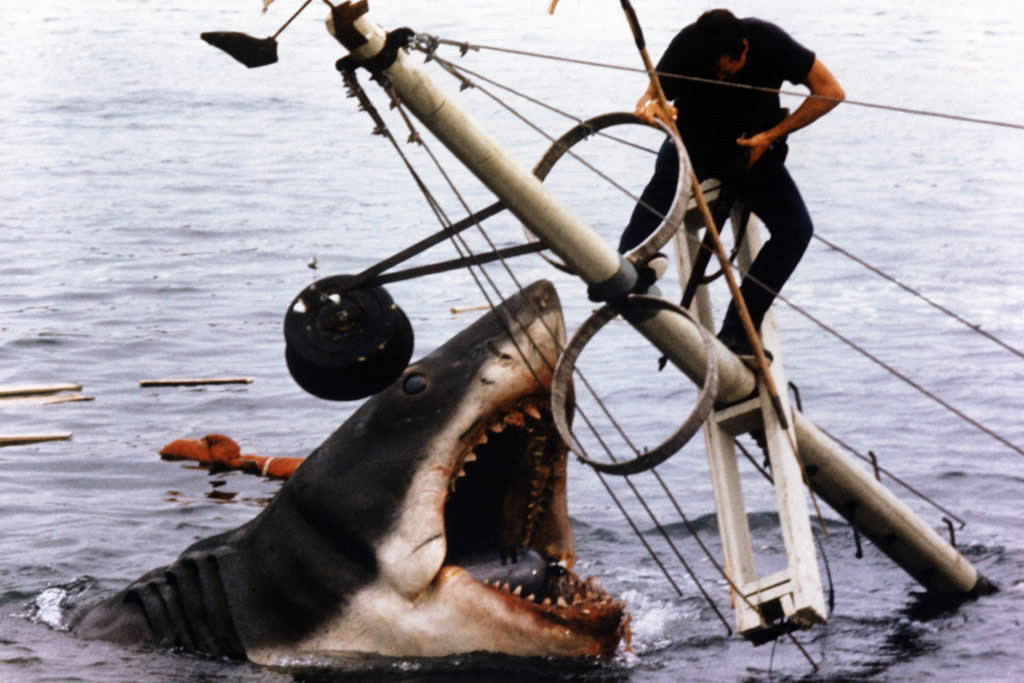
The shoot was a disaster: way over budget, and with a mechanical shark that kept short-circuiting. But 28-year-old Steven Spielberg (and editor Verna Fields) turned Peter Benchley’s fun beach read into a textbook of cinematic suspense and shock. Seen today, the movie seems a little on the chatty side; the characters aren’t rich enough to justify all that talk. But the first attack, on a solitary nighttime swimmer, packs an undiminished jolt. The shark (which the crew nicknames Bruce) still has an implacable grandeur. And the John Williams theme can be heard, at any seaside resort, when unusual activity is spotted in the water. It’s maritime Morse code for uh-oh.
Bambi

Amazing that the first movies parents took their tots to in the ’30s and ’40s were the early Disney features. Snow White and the Seven Dwarfs, Pinocchio and Dumbo all exploited childhood traumas. Parents disappear or die, stepmothers plot the murder of their charges, a boy skips school and turns into a donkey. Kids were so frightened by these films that they wet themselves in terror. Bambi, directed by David D. Hand, has a primal shock that still haunts oldsters who saw it 40, 50, 65 years ago.
Audition
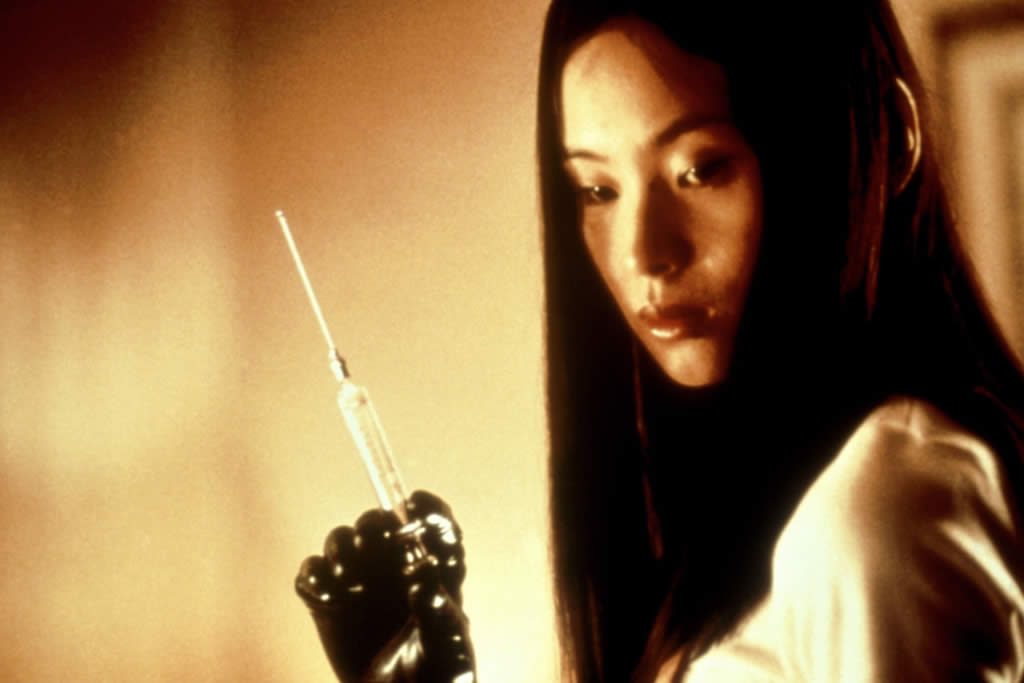
Aoyama (Ryo Ishibashi) is a lonely widower looking for a mate, a dream girl or perhaps merely a receptacle for his misery. Pretending to audition women for a TV show, he finds Asami (Eihi Shiina), who will both bring his lust to boiling and knock his fantasies into agonizing reality. “Words create lies,” Asami sagely says. “Pain can be trusted.” She tests that trust by severing a foot with piano wire and employing a method of needle probing we might call eye-cupuncture. The crafty, impossibly prolific Takashi Miike — he has directed 75 movies and TV films since 1971 — is a master of the grotesque in many genres. (Catch his comix fantasy Fudoh: The New Generation, his yakuza drama Gozu and the indescribably strange family epic Visitor Q.) But unlike Saw and its imitators in the genre of torture porn, Audition doesn’t go for gore-ific money shots. Miike’s films live inside their characters, taking the temperature of their longings, the ridiculous ambitions they chase so obsessively and their need to experience the extreme to prove they’re alive.
The Phantom of the Opera
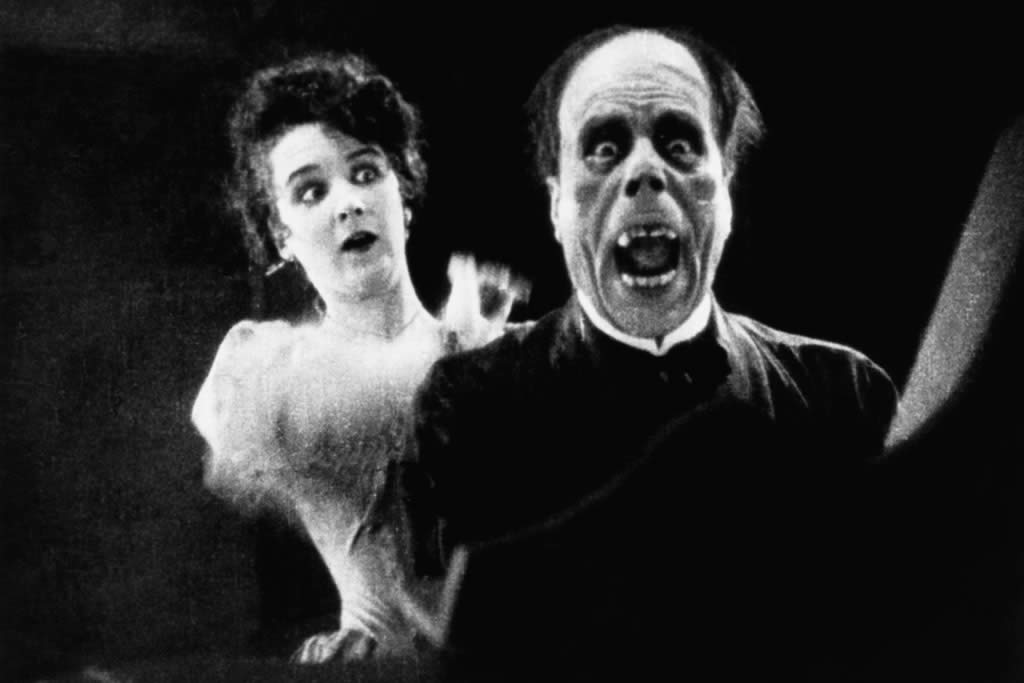
One of the great “reveals” in horror films comes when the phantom’s mask is removed to show a grotesque visage with distended eyes, misshapen nostrils and cadaverous teeth. Director Rupert Julian’s lavish subterranean nightmare (best seen on Milestone’s two-disc set) is a tribute to the artistry and masochism of Lon Chaney, the “man of a thousand faces” who endured extraordinary pains to scare audiences and burrow into the sad hearts of characters like Quasimodo, Mr. Wu and the phantom. This film was remade many times, most recently as V for Vendetta.
Trilogy of Terror

One of the great names in terror fiction and fanciful movies, Richard Matheson wrote the books that became The Incredible Shrinking Man, Somewhere in Time, What Dreams May Come, The Box, Real Steel and three versions of I Am Legend. He also authored the best of the Roger Corman films based on Edgar Allan Poe stories. In the ’70s heyday of TV films, Matheson wrote some classics of preternatural dread, including Steven Spielberg’s debut feature, Duel, and The Night Stalker, that tart cocktail of vampire, cynical journalist and Las Vegas. But the telefilm any aging kid will recall with a shudder is Trilogy of Terror, starring Karen Black and produced and directed by House of Dark Shadows’ Dan Curtis from three Matheson stories. The keeper was the third story, “Amelia,” in which Black brings home a small African totem, a Zuni fetish doll, that comes to demonic life and does everything it can to kill her. An intense battle of tiny monster and resolute human, “Amelia” is perhaps the all-time scariest half-hour of original prime-time television — unless it’s tied with another Matheson teleplay, The Twilight Zone’s 1963 “Nightmare at 30,000 Feet,” with William Shatner’s visions of a gremlin on the airplane wing.
Peeping Tom
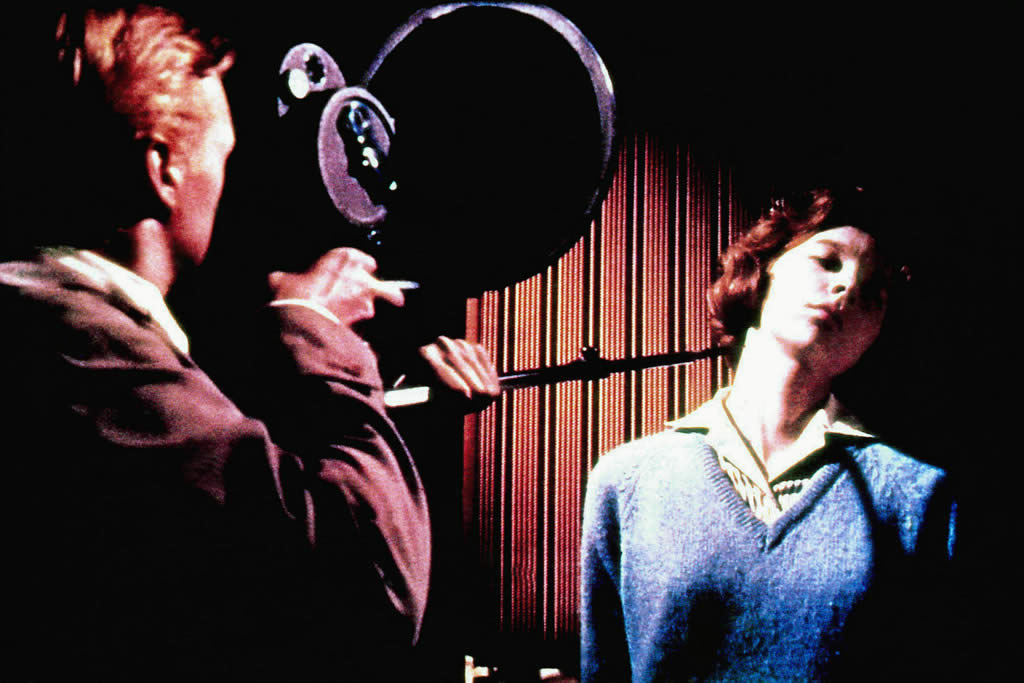
Mark (Carl Boehm) is a nice, quiet young man whose hobby is photography. To be precise: photographing women at the moment he kills them. Director Michael Powell, who had worked on many of the British cinema’s most imaginative “class” productions (The Thief of Bagdad, Black Narcissus, The Red Shoes), practically committed career suicide when he filmed this Leo Marks script about a sexual psychopath (and played the killer’s father). But Peeping Tom stands as one of the most intimate parables of the relation between the voyeurs in the audience — that would be all of us — and the lurid images that give us so much pleasure. Seeing something erotic or grotesque, or both, we crave more. And after Peeping Tom and Psycho (which came out two months later), we got plenty.
Halloween
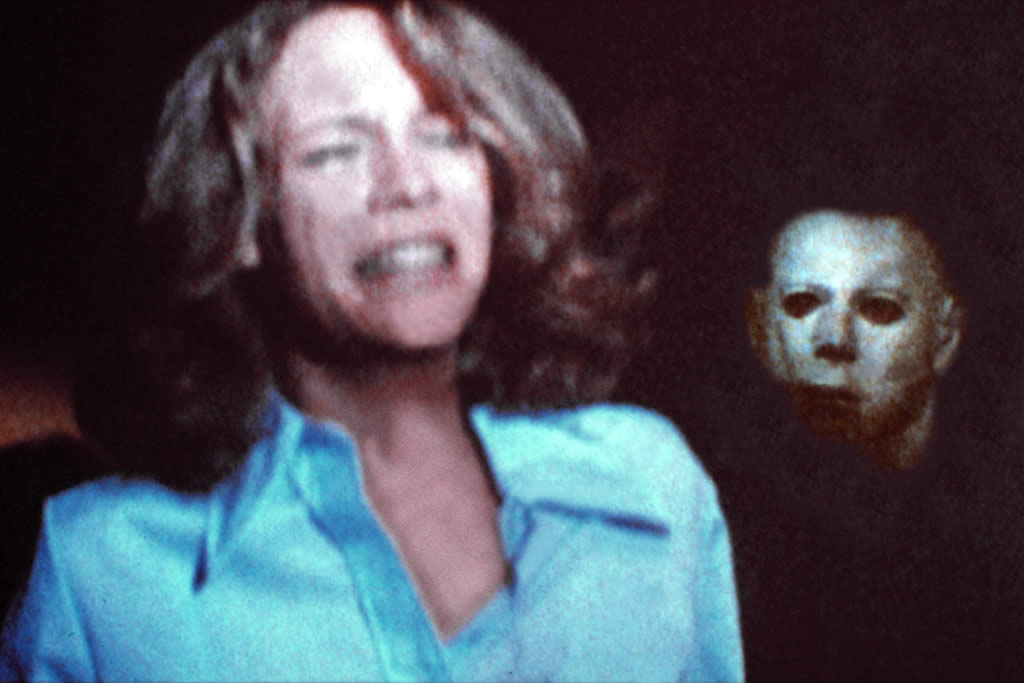
Just take the word of an alter kocker: late October wasn’t always the time for scary movies. But after John Carpenter’s low-budget masterpiece became a hit, the Halloween horror tradition was established. Wait? Masterpiece? Let’s see. It has one of the great opening scenes — a 4 min. 7 sec. tracking shot, from the killer’s point of view, as he enters a house, picks up a kitchen knife, mounts the stairs, enters the bedroom of a nude teenager and stabs her to death, then returns outside to meet his justice — then settles into a stealthy game of killer and victim. Jamie Lee Curtis, in her first film, is the heroine. But the killer is the star, in all his insane resourcefulness. Best sequence: when he impales a guy on a downstairs wall (staring at his victim as if he’s a performance-art still life), then goes upstairs wearing a bedsheet and the victim’s glasses to dispatch a girl who thinks he’s just kidding. No kidding here: masterpiece.
Frankenstein
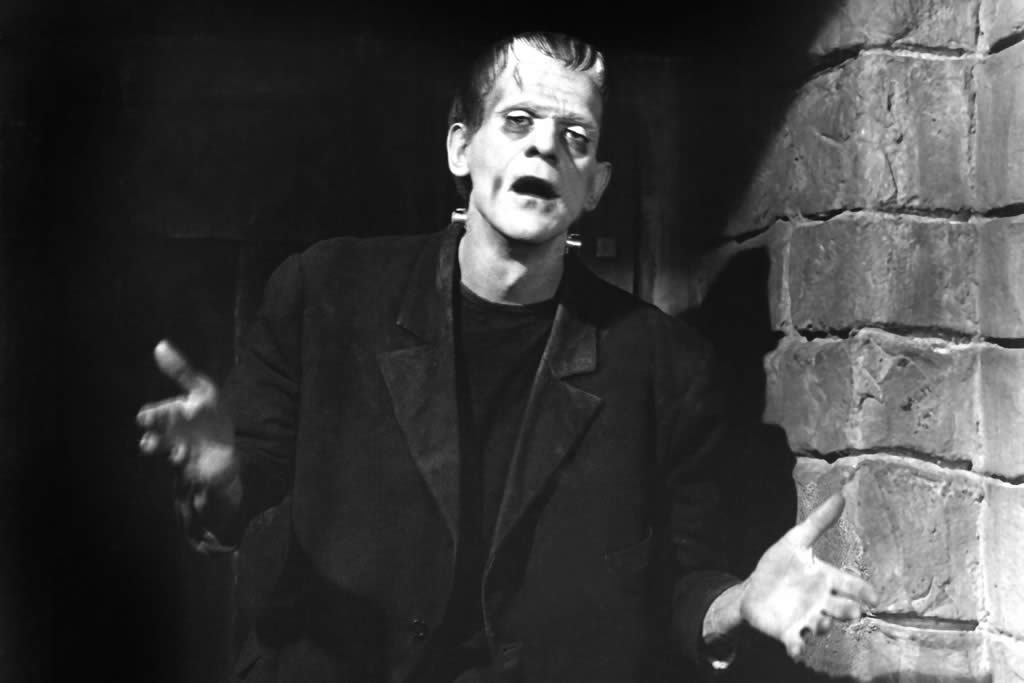
“It’s alive!” screams Colin Clive in the lightning-streaked laboratory, as he watches the twitching fingers of his patchwork toy — Boris Karloff, in the role that made him famous. A fable of science run amok, this take on the Mary Wollstonecraft Shelley novel retains its glamour and power, its poignance and deranged wit. James Whale, who also enriched the genre with The Old Dark House and The Invisible Man, continued the Shelley narrative in a more lavish, puckish sequel, the 1935 Bride of Frankenstein. Bill Condon’s Gods and Monsters (1998) was a fanciful biopic of this homosexual director.
Nosferatu
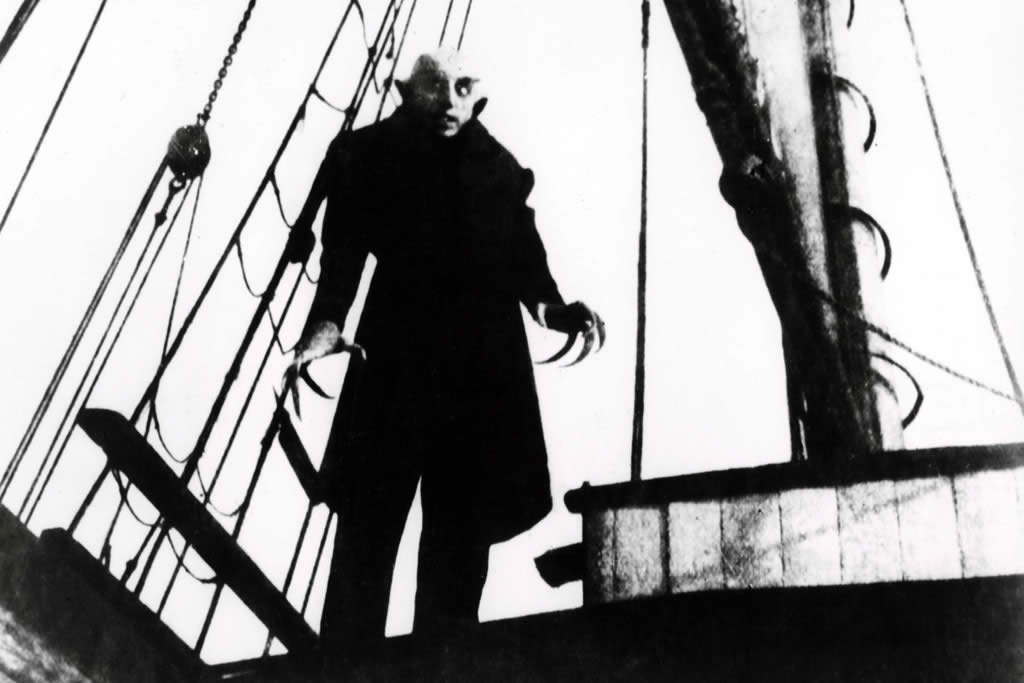
F.W. Murnau, one of the half-dozen greatest directors of silent films, did this unauthorized adaptation of Bram Stoker’s Dracula. Murnau’s vampire is not the courtly campy count that Bela Lugosi played in the 1931 Hollywood version or the demon lover of later vampire movies. As incarnated here by Max Schreck, he is a foul creature, more rodentoid than human, and his bite is not a kiss. This first great feature-length horror movie casts a long, angular shadow over film history. Klaus Kinski brought a pestilential presence to the role in Werner Herzog’s wonderful remake, Nosferatu the Vampyre (1979), and Willem Dafoe played the mysterious Schreck in Elias Merhige’s Shadow of the Vampire (2000), a fantasy on the making of Murnau’s creepy classic.
Invasion of the Body Snatchers
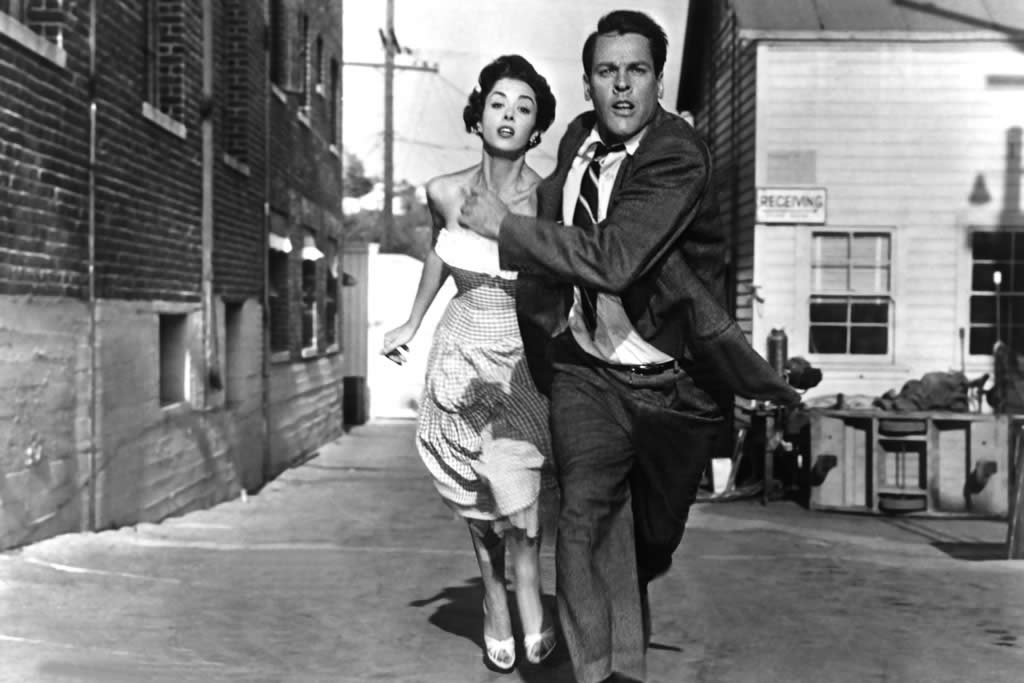
“They’re here already!” The ’50s was chocked with mutants — giant bugs and amphibians, revived dinosaurs and pterodactyls, men who grew to Colossi or incredibly shrank to nothing — but what if the monsters looked just like us? What if they were aliens, hatched from sea pods, who could imitate everything human, except emotion? And what if the only way to retain your humanity was … not to sleep? That’s the premise of Jack Finney’s novel The Body Snatchers and the Don Siegel film version, which rises slowly, surely, from suburban realism to end-of-the-world hysteria. Kevin McCarthy is the doctor who suspects an otherworldly plot, Dana Wynter his imperiled ladylove. The film has been remade three times (this year as The Invasion with Nicole Kidman), but the Siegel version is the simplest, smartest and scariest.
Alien

One of the crew members on the doomed spacecraft Nostromo calls the creature in their midst a “perfect organism. Its structural perfection is matched only by its hostility.” Which makes the alien an ideal movie monster in this beautifully designed, symphonically paced, all-time scary science-fiction thriller, scripted by Dan O’Bannon and directed by Ridley Scott. The crabby Nostromans are, in a way, the alien’s pediatricians: they see it in five gestations, from its incubation through birth (bursting out of a crew member’s chest), childhood and adolescence, into its final mature grandeur. Sigourney Weaver survived to star in three sequels, but the actors who had to die all got their moments. Our favorite: Harry Dean Stanton taking the wrong turn looking for the company cat. “Here, kitty kitty.”
Psycho
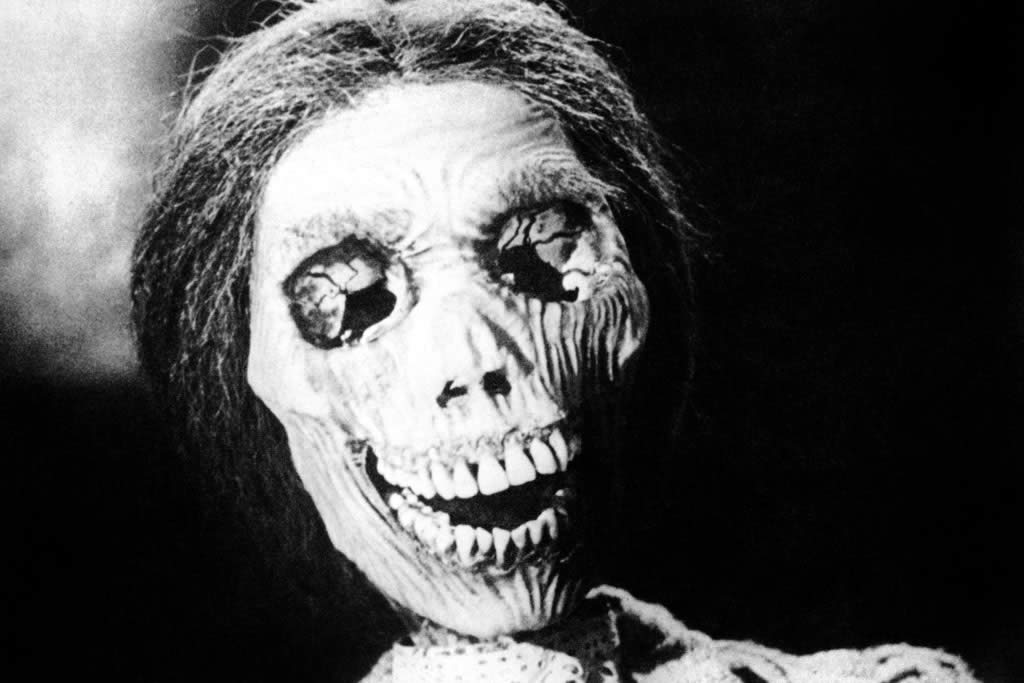
“It was the knife that, a moment later, cut off her scream. And her head.” That’s Robert Bloch’s brief, jokey detailing of the shower scene in his 1959 novel Psycho. Alfred Hitchcock’s film version (brilliantly scripted by Joseph Stefano) not only expanded the murder into a montage masterpiece, it set new rules for the horror genre. Rather, it said the old rules no longer applied. Movies could kill off major characters, turn a nice guy into a psychopath into a victim and especially be both clinically realistic and artistically adventurous in the depiction of violence. Virtually all modern horror movies flow from this exalted source — one of the great studies of derangement.
More Must-Reads from TIME
- How Donald Trump Won
- The Best Inventions of 2024
- Why Sleep Is the Key to Living Longer
- Robert Zemeckis Just Wants to Move You
- How to Break 8 Toxic Communication Habits
- Nicola Coughlan Bet on Herself—And Won
- Why Vinegar Is So Good for You
- Meet TIME's Newest Class of Next Generation Leaders
Contact us at letters@time.com